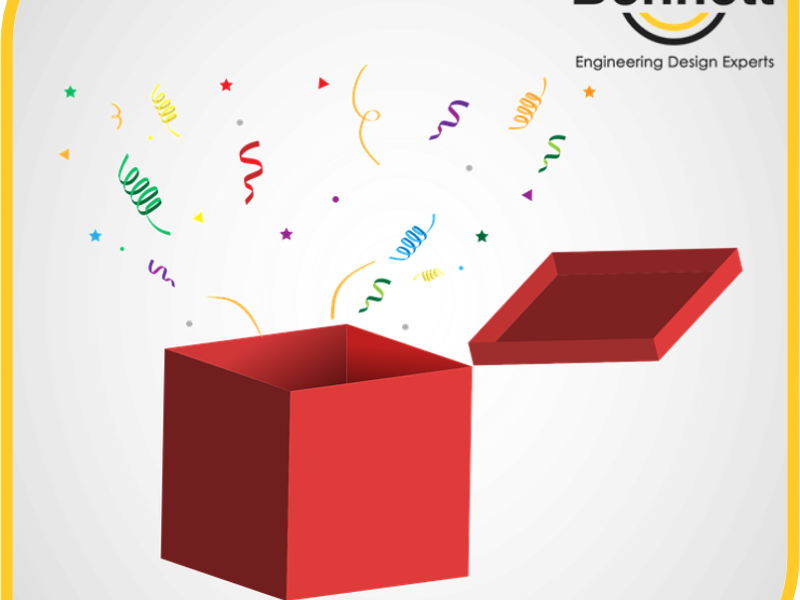What box?
You know that phrase ‘think outside of the box’ what does it mean to you?
Maybe it’s become a cliched overused phrase that makes you shiver when a manager or team member uses it.
We all know it’s a metaphor for thinking creatively coined in the US which migrated into your corporate speak.
What about lateral thinking?
Edward De Bono, a psychologist and inventor, coined the term Lateral Thinking in 1967 and went on to develop it as a method of structured creativity pushing it out into the UK for erm ‘thinking outside of the box’.
Actually the proper definition is ‘Lateral thinking is a manner of solving problems using an indirect and creative approach via reasoning that is not immediately obvious. It involves ideas that may not be obtainable using only traditional step-by-step logic.’
How will this approach work with design engineering?
It’s not necessary and radical new approach to engineering, although that can yield results in some settings, it’s the ability to ask questions. By asking the right questions a solution can probably be found far quicker. Lateral thinking ensures our team solve problems speedily, the outcome is more accurate and each challenge is viewed in our fresh way (termed an unbiased opinion or fresh set of eyes by the team).
In short thinking outside of the box for the solution is likely to result in a few tweaks to a design to get you up and running far more quickly and less costly than you perhaps anticipated.
Where do we stand on this phrase?
It’s not one that’s said often in the office or to clients but our team definitely deploy lateral thinking to every design engineering project that lands in our hands.
Thinking outside of the box is not a reason to prevaricate or put aside a lot of time for meetings to discuss a project. It’s not for spinning out a project. It’s to find the best solution possible. And if you combine creative thinking with expertise and understanding then the outcome can be far more beneficial.

